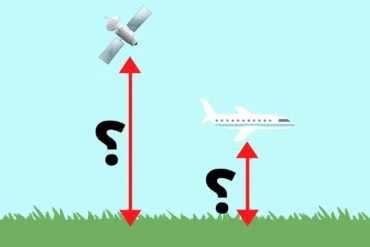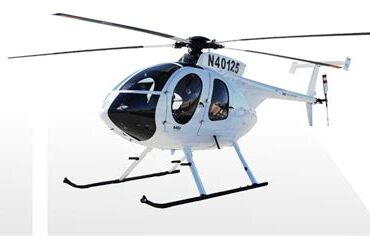What is Mach Number?
Hey there! Ever wondered how fast planes can fly? Well, that’s where Mach number come in handy. Think of a Mach number as a way to compare how fast something is moving to the speed of sound. It’s like saying, “This plane is flying at half the speed of sound” or “That rocket is going twice as fast as sound!”
Here’s a cool fact: When something is moving at exactly the speed of sound, we call that Mach 1. So if you hear someone say Mach 0.75, that means it’s moving at 75% of the speed of sound. Neat, right?
Now, the speed of sound can change depending on things like temperature and air pressure. But don’t worry about that too much – just remember that Mach number help us understand how fast things are moving compared to sound.
Oh, and here’s a fun bit of trivia: The term “Mach” comes from an Austrian scientist named Ernst Mach. When we talk about Mach number, we say things like “Mach 4,” not “4 Mach.” It’s just one of those quirky language things!
Different Types of Speed
Okay, so let’s break down these speeds into categories. It’s kind of like sorting candy – we’ve got different groups based on how fast things are going:
- Subsonic: This is slower than the speed of sound. Think of most airplanes you see at the airport.
- Transonic: It’s right around the speed of sound – not quite there, but almost!
- Supersonic: Faster than the speed of sound. Remember those loud “booms” you might have heard? That’s what happens when something goes supersonic!
- Hypersonic: This is super duper fast – way faster than the speed of sound.
- High-Hypersonic: Even faster than hypersonic. We’re talking seriously speedy here!
- Re-entry speeds: This is for spacecraft coming back to Earth. It’s incredibly fast and creates a lot of heat.
Speed Chart
Here’s a simple chart to help you visualize these speeds:
| Category | How Fast? (in Mach number) |
|---|---|
| Subsonic | Less than 0.8 |
| Transonic | 0.8 to 1.3 |
| Supersonic | 1.3 to 5.0 |
| Hypersonic | 5.0 to 10.0 |
| High-Hypersonic | 10.0 to 25.0 |
| Re-entry speeds | More than 25.0 |
Fun Facts and Questions
- Did you know that the Mach number is super important in airplane design? It helps engineers figure out how to make planes that can fly really fast without running into problems.
- Ever wondered what “supersonic” really means? It’s when something flies faster than the speed of sound, which is a Mach number greater than 1.
- Have you heard of the “sound barrier”? It’s not a real barrier, but it describes the challenges planes face when approaching the speed of sound (Mach 1).
- Do you know why some military jets have swept-back wings? It’s to help them fly more efficiently at transonic speeds (around Mach 0.8 to 1.3).
- Can you guess what happens when a plane breaks the sound barrier? It creates a loud “boom” called a sonic boom!
Wrapping It Up
So there you have it – a simple guide to Mach number and speed! From slow-moving planes to super-fast spacecraft, we’ve covered it all. Next time you hear someone talking about Mach speeds, you’ll be the expert in the room. Remember, science can be fun and exciting when we break it down into bite-sized pieces. Keep exploring and learning!


















